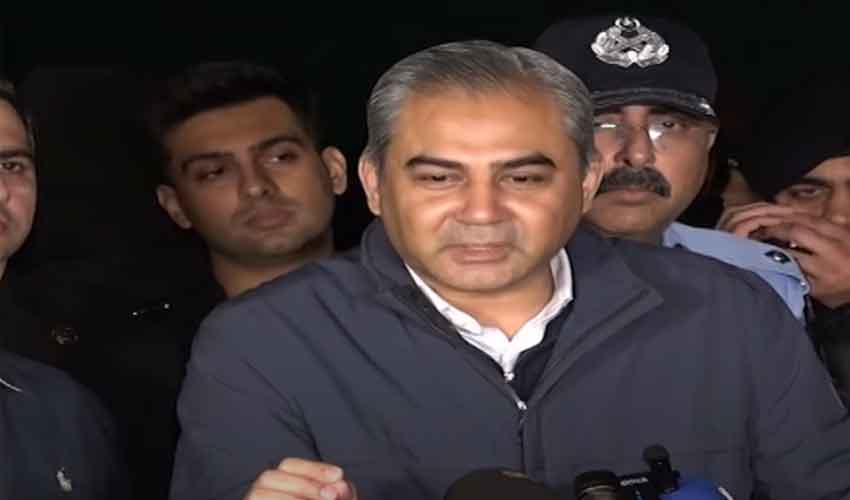In a pioneering move set to unlock the enigmatic workings of Earth's atmosphere, NASA is poised to launch three rockets directly into the path of an upcoming total solar eclipse.
Scheduled for April 8, the eclipse promises to cast its shadow over swathes of the United States, Canada, and Mexico, captivating millions of eager spectators.
As the moon aligns perfectly with the sun, plunging regions into temporary darkness, NASA scientists stationed in Virginia are gearing up to seize this rare opportunity. Rather than merely observing the celestial spectacle, they aim to propel scientific understanding forward by studying the impact of sudden sunlight deprivation on Earth's atmospheric layers.
"The abrupt transition from day to night during a solar eclipse triggers dramatic changes in temperature and behavior, akin to nature's own spectacle," remarked Dr. Aroh Barjatya, a distinguished professor of engineering and physics at Embry-Riddle Aeronautical University. "Our comprehension of these phenomena remains incomplete, particularly concerning the ionosphere—a crucial region that interfaces between Earth's upper and lower atmospheres."
Indeed, the ionosphere, spanning from 55 to 310 miles above Earth's surface, plays a pivotal role in regulating global communications and navigation systems. Yet, the intricate interplay between solar radiation, ionization, and atmospheric dynamics during periods of rapid darkness remains largely unexplored.
Drawing an analogy, Dr. Barjatya likened the eclipse's impact on the ionosphere to a sudden disturbance in a tranquil pond. "Imagine the ionosphere as a serene pond, gently stirred by natural forces. The eclipse then serves as a disruptive force, akin to a speeding motorboat that creates a wake beneath it," he elaborated. "This phenomenon generates a ripple effect, altering the ionosphere's composition and behavior in ways yet to be fully understood."
NASA's forthcoming rocket launches aim to illuminate these mysteries, shedding light on the ionospheric response to transient darkness. By deploying specialized instruments onboard the rockets, scientists hope to capture real-time data on ion densities, electron fluxes, and atmospheric dynamics during the eclipse's fleeting moments.
"This initiative represents a landmark endeavor in our quest to unravel the intricacies of Earth's atmosphere," declared Dr. Ellen Morrison, lead researcher at NASA's Ionospheric Studies Division. "By harnessing the unique conditions presented by the solar eclipse, we're poised to unveil new insights into the fundamental processes shaping our planet's atmospheric envelope."
As anticipation mounts for the celestial spectacle on April 8, NASA's groundbreaking mission stands as a testament to humanity's enduring quest for knowledge. Amidst the cosmic dance between sun, moon, and Earth, scientists embark on a voyage of discovery, driven by curiosity and a relentless pursuit of understanding.


























